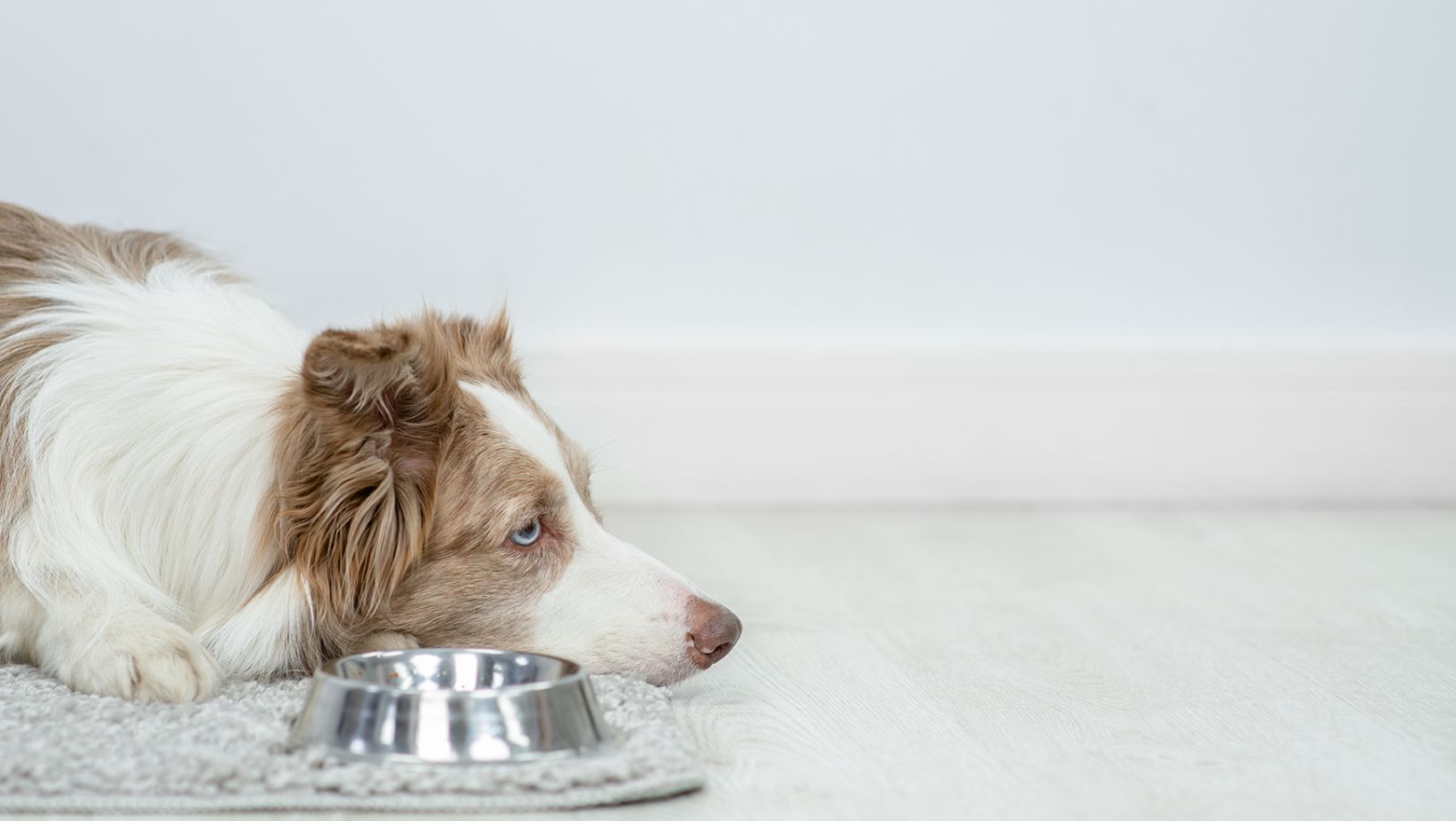Put a LID on it

When my adorable pit-bull Sno (yes, that’s her above) began having not-so-adorable diarrhea and random vomiting, I was more worried than I was grossed out. Had she eaten something? Was I feeding her the wrong food? And why was she also so itchy? I began a journal to record her eating and pooping habits and discussed it with my vet, who determined that Sno had a food sensitivity or food intolerance.
What’s the difference?
Food sensitivities (also referred to as allergies) occur in dogs when their immune system mistakenly identifies a food as harmful; creating defensive antibodies and causing symptoms including dry itchy skin, excessive scratching or licking, bald patches, hot spots, ear infections, skin infections and possible diarrhea or vomiting.
Food intolerances are a little different. Intolerance occurs when a dog is unable to digest a particular ingredient, (similar to human lactose intolerance) causing bloating, gas, nausea, vomiting and diarrhea.
What can help?
To pinpoint food sensitivities and intolerances, vets recommend eliminating certain ingredients known to cause problems such as beef, dairy, wheat, egg, chicken, soy, and pork. Instead, start feeding your dog a food he has never had before, such as turkey and sweet potatoes.
As the allergy symptoms improve, you enter the “challenge” phase, where you reintroduce old foods to see if they cause symptoms. This can be a long and tedious process. That’s why vets also suggest trying a limited ingredient diet and removing all other dog food, table food, treats and ingestible chew toys.
What’s in a limited ingredient diet?
Dogs depend on protein for proper nutrition and carbohydrates can provide energy and beneficial fiber while making your dog feel satisfied and less hungry.
A Limited Ingredient Diet often uses a single protein (fish or fowl, lamb or rabbit ) and carbohydrate (potato, sweet potato or rice) to minimize food reactions, providing balanced nutrition with the necessary vitamins and minerals.
LIDs also commonly eliminate artificial colors, flavors and preservatives and some, from brands including Natural Balance and Only Natural Pet are grain-free.
Important:
Some symptoms of food sensitivities or intolerances mirror a more serious condition. Be sure to consult your veterinarian immediately if condition worsens or does not improve.
